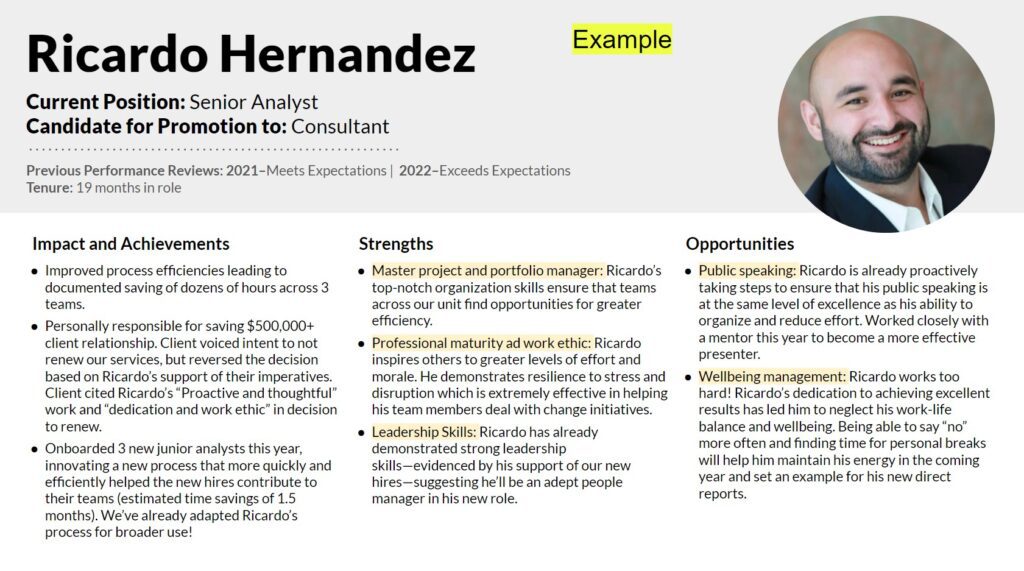
Managers: no matter how good you are at creating a harmonious work environment, at some point members of your team will come into conflict with each other.
This will likely be a fact of life until such a time as the human race evolves the ability to communicate telepathically, preventing all forms of misunderstanding. Unfortunately, the way things are going, that could be a while off.
Mitigating team conflict requires neutrality, objectivity, and fairness, but, sadly, most of us are inherently none of these things. We’ll likely have favorites on our teams, cognitive biases, or attachments that affect how we mediate.
Below are a few exercises to challenge these gaps to more effectively manage conflict:
Always Collect Both Sides of the Story:
Unfortunately, the human brain is prone to anchoring bias—a cognitive pattern that leads us to rely heavily on the first information we hear about a topic. To be a good manager, make sure to hear out both sides of a conflict before coming to any conclusions!
This might seem simplistic, but I’ve witnessed numerous situations where a manager made a judgment after hearing a complaint from a team member, only to find upon further investigation that they were wrong. Think Sirius Black in Harry Potter or, if you prefer, Mr. Darcy in Pride and Prejudice.
Separate Facts from Emotions:
When a team member comes to you to recount a stressful situation, their retelling will almost always reflect their emotional state. Much like a detective, make sure to distinguish between beliefs and objective facts.
As an example, let’s say team member Walter complains to you that, “Tayvon blew off his part of the project. He was supposed to be at our group meetings every Wednesday and has not been present at the last two!”
From this statement, there are a few things we can glean. First, Walter had an expectation that Tayvon would be present at a weekly group meeting, and Tayvon has been absent for two consecutive sessions. We also know that Walter feels that Tayvon is not prioritizing the project, to Walter’s detriment. What we do not know is why Tayvon was not present (for all we know, Tayvon is dealing with something serious). We can’t make judgments about Tayvon’s intent until we track down more facts!
Separating perceptions from facts is critical to solving conflict.
Kill Your Biases
There are numerous ways our brains are programmed to see patterns and make judgments that can influence how we perceive two sides of a conflict. We already talked about anchoring bias—well there’s quite a few other biases we have to be wary of! Halo bias, for example, is the tendency to perceive actions by someone that you admire or care about in a positive light. Conversely, horn bias is the opposite: seeing everything a particular person does in a negative light. If a team member you like is in tension with a team member that you like less, it will take extra mindfulness to make sure that you don’t assume the best of the one and the worst of the other.
As you manage conflict, aim to be an impartial judge, and always examine biases that may be influencing how objectively you’re able to evaluate a conflict.
To learn more about objectively managing conflict, check out: How to Suck Less as a Manager: A Practical Guide to Making Your Team Less Miserable Today!




